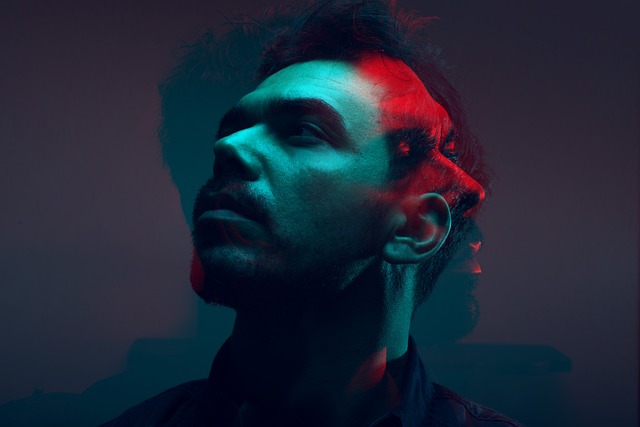The Ultimate Guide to Understanding CCD in Exposure
In the world of photography, the quest for the perfect image is a journey filled with technical challenges and delightful discoveries. One of the most vital components in this craft is the CCD (Charge-Coupled Device), a technology that plays a pivotal role in how images are captured and processed. Understanding how CCD affects exposure can elevate your photography, allowing you to create stunning visuals that resonate with emotion.
What is CCD?
A CCD is an electronic device that converts light into electrical signals. It is used in various imaging applications, including digital cameras, camcorders, and telescopes. The technology behind CCDs provides some of the highest quality images, making them a favorite among professional photographers.
How CCD Affects Exposure
Exposure is crucial in photography as it dictates how much light reaches the sensor, impacting the brightness and detail of the image. With a CCD sensor, the way light is captured and converted to digital information can significantly enhance the quality of your photo. Here’s how:
- Dynamic Range: CCDs are known for their exceptional dynamic range, which allows them to capture details in both the brightest and darkest areas of an image. This means that a well-exposed photograph with a CCD can reveal intricate textures and colors that might be lost in cameras using different technologies.
- Low Noise Levels: One of the unique characteristics of CCDs is their ability to maintain low noise levels, especially in low light conditions. When you’re taking photos during golden hour or in a dimly lit environment, the CCD works diligently to create images that are clean and devoid of grain, making your photos more visually appealing.
- Uniformity: CCDs provide a consistent performance across the entire sensor surface. This uniformity ensures that your exposure is even, helping you to avoid hot spots or underexposed areas in your photographs.
Choosing the Right Exposure Settings
Understanding how to manipulate exposure settings to complement your CCD sensor is essential for capturing stunning images. Here are some tips:
- Aperture: Adjust your aperture to control the amount of light entering the camera. A wider aperture allows more light, enhancing exposure in low-light situations, while a smaller aperture (higher f-stop) is ideal for bright scenes or depth of field control.
- Shutter Speed: The shutter speed determines how long the light hits the CCD. A faster shutter speed can freeze action, while a slower speed can create motion blur. Experimenting with both can yield fascinating results.
- ISO Settings: Increasing the ISO makes the CCD more sensitive to light, which can be beneficial in dark environments. However, be mindful of the noise that higher ISO settings may introduce, as CCDs tend to perform better at lower sensitivities.
The Emotional Connection of CCD in Photography
When you master the art of exposure with a CCD sensor, the emotional depth of your photographs can resonate with viewers. Each captured moment tells a story—whether it’s the soft golden hues of a sunset or the vibrant colors of a bustling market. Understanding how to maximize your CCD’s potential allows you to connect with your audience, evoking feelings of nostalgia, joy, or even introspection.
Embarking on a photographic journey with a firm grasp of how CCD impacts exposure adds an invaluable tool to your kit. As you explore different environments and lighting conditions, remember that the magic lies in the details. The more you learn about your CCD and its capabilities, the more compelling your images will become.



